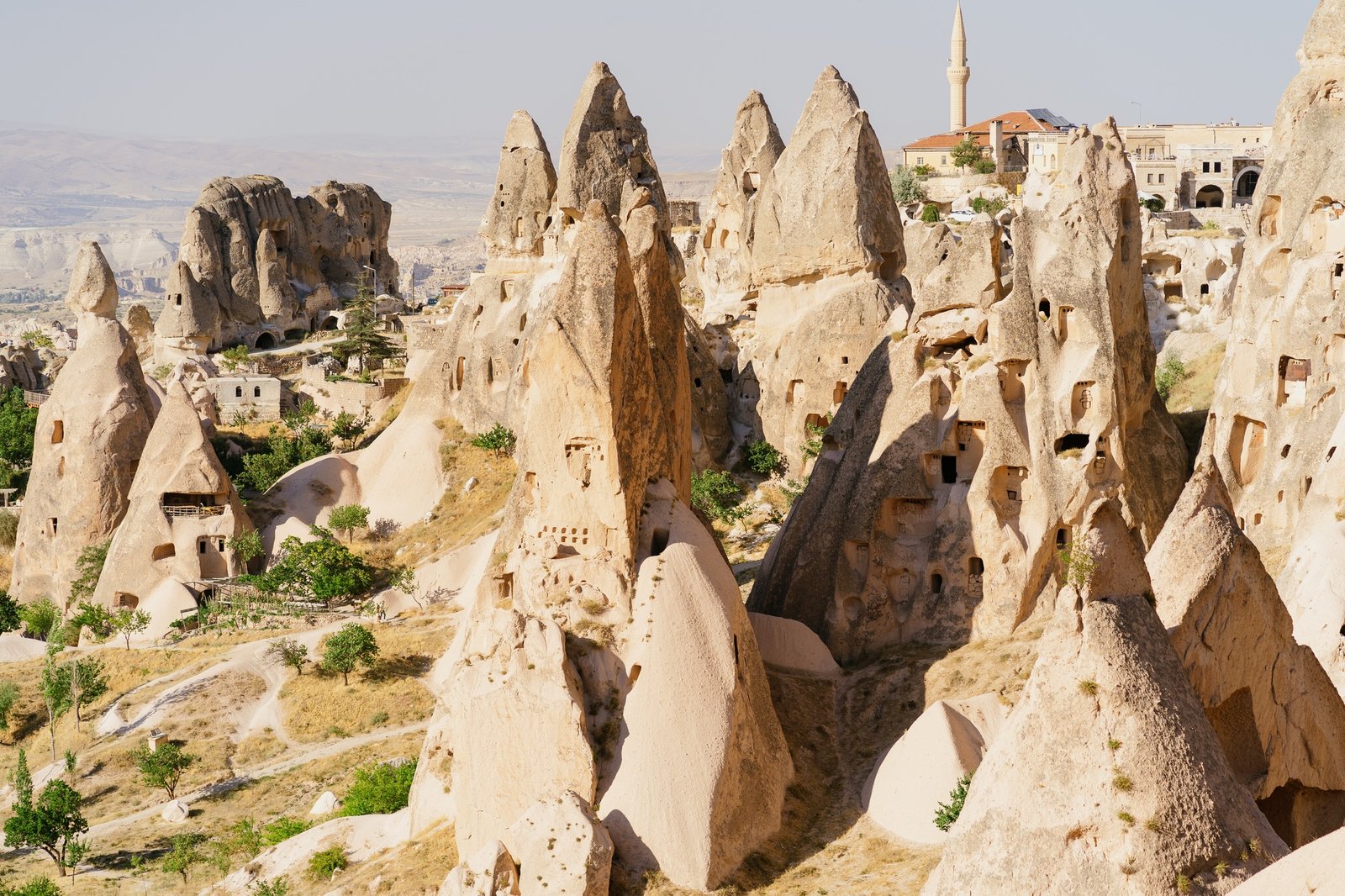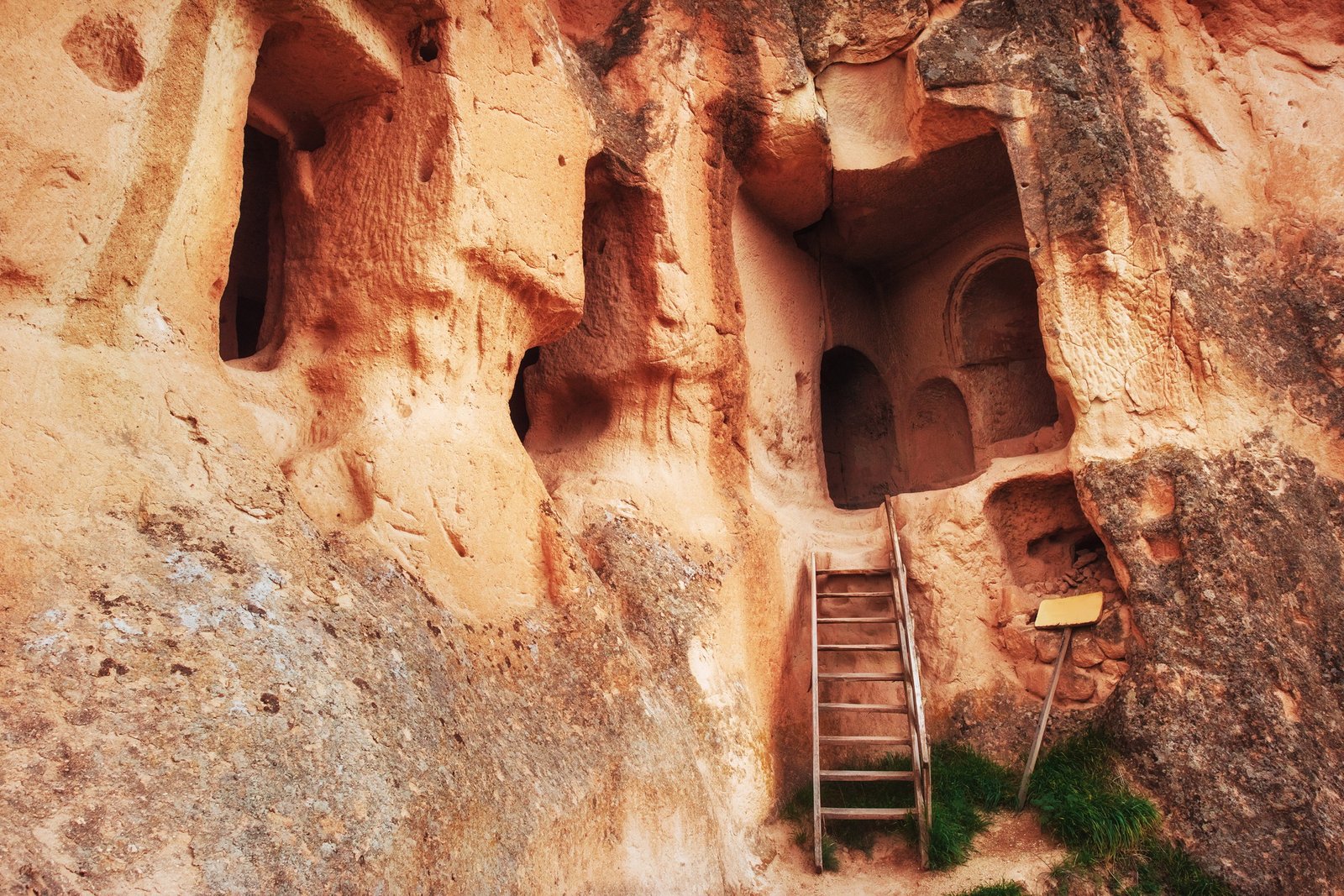Cappadocia, a region famed for its otherworldly landscapes and intricate cave dwellings, has layers of history that date back thousands of years. Among the civilizations that left a profound mark here, the Hittites stand out as one of the most fascinating. The Hittite influence in Cappadocia is a compelling story of a powerful ancient empire shaping the region over centuries. But what exactly was the nature of this influence, and how does it still resonate in the heart of central Turkey today? This blog will explore the political, cultural, and architectural footprints the Hittites left in Cappadocia, unveiling how this ancient civilization continues to captivate scholars and travelers alike.
Who Were the Hittites?
Before we uncover the Hittite influence in Cappadocia, it’s crucial to understand who the Hittites were. Originating as an Indo-European civilization, the Hittites flourished in the Late Bronze Age (1700–1200 BCE) and became one of the most influential powers of the ancient Near East.
Their powerful kingdom was centrally located within present-day Turkey, with its capital, Hattusa, just a few hours from the Cappadocia region. The Hittites are renowned for their administrative prowess, advanced legal codes, and mastery of military tactics, shaping history through their interactions with neighboring powers like the Egyptians and Babylonians.
But what brings the Hittites closer to Cappadocia is its crucial role in their expansion as a trading and cultural hub.
Cappadocia’s Role in the Hittite Civilization
The region of Cappadocia served as a bridge between the Hittite heartland and the rest of the Anatolian plateau. Situated along key trade routes, Cappadocia became a pivotal point for commerce, military campaigns, and cultural integration, all of which reflect the widespread Hittite influence in Cappadocia.
Even before the rise of the Hittite Empire, Cappadocia was already a bustling trade center, particularly during the Assyrian Trade Colonies period (1900–1700 BCE). The Hittites were quick to recognize its strategic importance and incorporated Cappadocia into their expanding empire. This integration significantly shaped the region’s social, economic, and cultural identity.
Hittite Architecture and Its Mark in Cappadocia
Hittite architecture is one of the most tangible examples of their lasting influence in Cappadocia. Monolithic structures, fortifications, and underground cities found in the region bear strong architectural similarities to those seen in Hattusa. Although many Cappadocian towns were expanded during later periods, their origins trace back to Hittite innovations.
One notable example is the underground settlements like Derinkuyu and Kaymakli. While these cities were widely used during Byzantine times, some scholars argue that the Hittites originally developed the concept of subterranean dwellings as a strategy to protect against invasions.
Additionally, the carved rock reliefs and inscriptions found across Cappadocia echo the artistic traditions of the Hittites, reflecting both their religious practices and their fascination with recording history.
The Cultural Impact of the Hittites in Cappadocia
The Hittite influence in Cappadocia extended far beyond architecture; it also shaped the cultural fabric of the region.
Religion and Mythology
The Hittites were deeply religious, and their pantheon of gods was mirrored in Cappadocia’s spiritual practices. Temples dedicated to deities like the Storm God and the Solar Goddess were established, blending local beliefs with overarching Hittite religious customs.
Mythological narratives from the Hittites also left their mark. Some local legends that persist in Cappadocia today may contain echoes of ancient Hittite myths, subtly woven into the region’s folklore over centuries.
Linguistic Contributions
The Hittites were among the first civilizations to utilize cuneiform writing extensively in Anatolia. Clay tablets uncovered in Cappadocia during archaeological excavations reveal records of trade, treaties, and correspondence, which provide invaluable insights into the socio-economic life of the region under Hittite rule.
The discovery of these cuneiform tablets in areas like Kanesh (modern-day Kültepe) underscores the Hittite influence in Cappadocia and highlights the region’s role as a vibrant intellectual and administrative hub.
Modern-Day Discoveries and Hittite Legacy
Even in modern times, the Hittite influence in Cappadocia continues to be a subject of fascination for historians, archaeologists, and travelers. Sites rich in Hittite relics, such as Alacahöyük and Yazılıkaya, attract visitors eager to glimpse remnants of this storied civilization.
Organizations dedicated to the excavation and preservation of these ancient sites aim to protect the Hittite legacy while unraveling new layers of Cappadocia’s historical significance. The artifacts unearthed offer us a rare window into life during this period, highlighting the intricacies of Hittite governance, religion, and trade.
What the Hittites Teach Us Today
The story of the Hittite influence in Cappadocia is ultimately one of resilience, ingenuity, and cultural exchange. Their ability to forge connections, utilize resources, and leave an indelible mark on a region demonstrates the power of adaptability and forward-thinking leadership.
Whether you’re a history enthusiast or a curious traveler, exploring the Hittite roots of Cappadocia offers a unique lens through which to view the interactions of ancient civilizations.
Plan Your Journey Into the Past
The Hittites remind us of our shared human history and how cultures build upon one another to shape the world as we know it. If you’re planning a trip to Cappadocia, consider venturing beyond its famous fairy chimneys to explore the hidden stories of its Hittite past. From the underground cities to the ancient inscriptions, every corner of this magical region has another piece of history waiting to be discovered.







